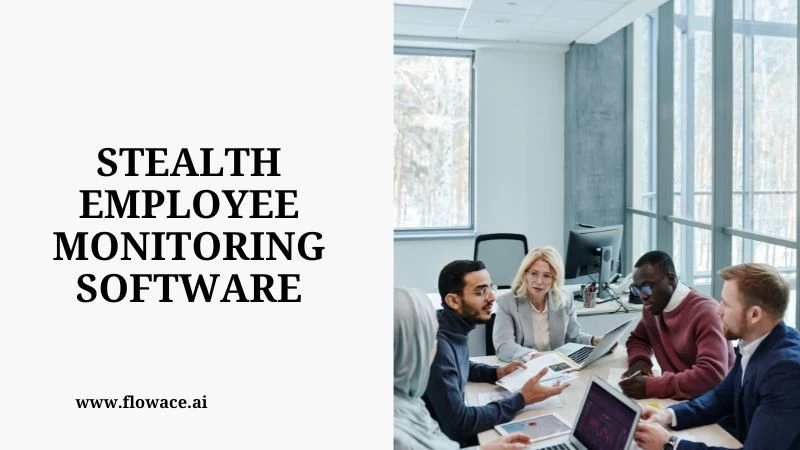In the modern workplace, the concept of employee monitoring has evolved dramatically, giving rise to a controversial subset known as stealth employee monitoring software. This clandestine technology operates discreetly, tracking and analyzing employee activities without their knowledge or consent. While proponents argue its usefulness in enhancing productivity and security, its covert nature raises ethical questions and challenges the delicate balance between surveillance and privacy.
So, what exactly is stealth employee monitoring software? Unlike traditional monitoring tools, which openly track and analyze employee activities, stealth software operates covertly, often running in the background of company devices without any visible indication to the user. It can monitor various aspects of employee behavior, including internet usage, application usage, keystrokes, and even screen captures, all without employees' explicit awareness.
But why is this technology deemed useful, and for whom?
For Employers:
Enhanced Productivity: Proponents argue that stealth monitoring can help identify inefficiencies in workflow and time management, allowing employers to implement targeted interventions to improve productivity. By analyzing data on employee activities, employers can identify patterns and areas for improvement, leading to more streamlined processes and increased output.
Data Security: In industries handling sensitive information, such as finance or healthcare, stealth monitoring can serve as a vital tool for protecting confidential data from internal threats. By monitoring employee activities, employers can detect suspicious behavior or unauthorized access attempts, helping to prevent data breaches and safeguard sensitive information.
Compliance: In regulated industries, compliance with legal and industry-specific regulations is paramount. Stealth monitoring can assist employers in ensuring compliance with regulations governing data security, privacy, and employee conduct, reducing the risk of legal repercussions and financial penalties.
For Employees:
Improved Accountability: Proponents argue that stealth monitoring can encourage accountability among employees by providing objective data on their work activities and performance. By understanding how their time is spent and where improvements can be made, employees may become more self-aware and motivated to meet their targets and goals.
Protection Against Insider Threats: Employees themselves can benefit from the security measures implemented through stealth monitoring. By detecting and mitigating insider threats, such as unauthorized data access or malicious activity, employees can feel reassured that their work environment is secure and their efforts are protected.
However, despite its perceived benefits, stealth employee monitoring software raises significant ethical concerns. The covert nature of this technology infringes upon employee privacy rights and erodes trust within the workplace. Employees have a reasonable expectation of privacy, and the use of stealth monitoring without their knowledge or consent undermines this expectation, potentially leading to resentment, stress, and decreased morale.
Moreover, the efficacy of stealth monitoring in achieving its intended goals is subject to debate. Research suggests that employees who are aware of monitoring are more likely to self-regulate their behavior, leading to more positive outcomes than covert surveillance methods. Additionally, the legal implications of stealth monitoring, particularly in jurisdictions with stringent data privacy regulations, further complicate its use.
In conclusion, while stealth employee monitoring software may offer perceived benefits in terms of productivity, security, and compliance, its covert nature raises significant ethical questions and challenges. Employers must carefully weigh the potential benefits against the ethical and legal considerations, considering alternative approaches that prioritize transparency, trust, and mutual respect in the workplace. Ultimately, fostering an environment of openness, collaboration, and respect for privacy is essential for maintaining a healthy and productive work environment for all.


